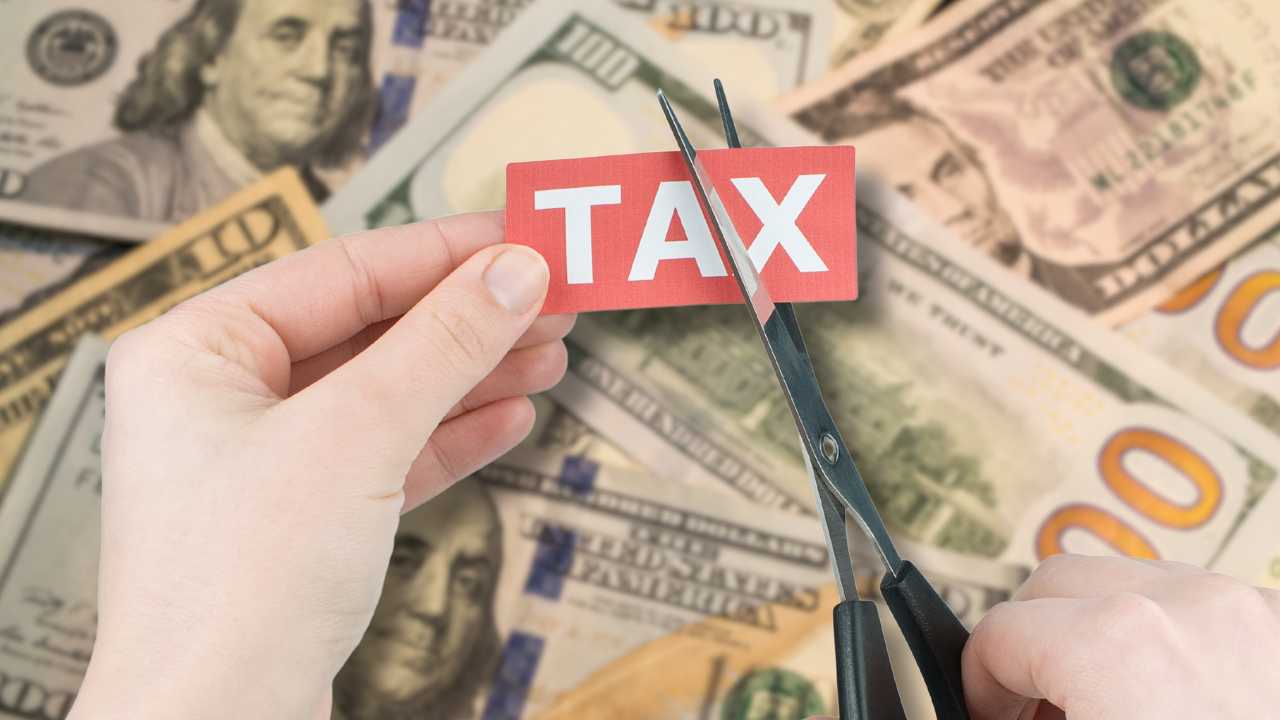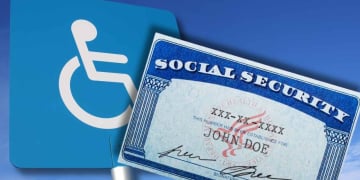We are all tired of inflation working against us: The governor of New York has just released a package of economic stimulus for 2026 that promises to ease the pressure on wallets. From surprise stimulus checks to tax cuts, the plan aims to help families breathe a little easier. And the best part: almost everything comes automatically, without extra paperwork.
For starters, 75% of taxpayers will see lower taxes on their bills. We’re talking nearly $1 billion annually that will end up in the pockets of 8.3 million people. The bottom line? Taxes will drop to levels not seen since the Beatles were performing live. The middle class stands to gain significantly here.
The details of the stimulus checks that will make your bank account smile
Here’s the juicy bit: If you live in New York, you could receive up to $400 without lifting a finger. The governor will send inflation-adjusted refunds between October and November 2025, using money from the sales tax surplus. How does it work? Simple: if you earn up to $75,000 a year and are single, you’ll get $200. If your salary is between $75,000 and $150,000, it’ll be $150.
But if you file as a couple, the amount goes up. Joint incomes up to $150,000? You get $400. If your income is between $150,000 and $300,000, you will claim up to $300. More than 8 million households are on the list. No forms or complicated paperwork: the money will appear directly in your account or by mail, just like a holiday gift.
A tax-benefit plan for working families in New York
If you have children at home, this is of interest to you. The Child Tax Credit has been expanded: it now gives up to $1,000 for each child under 4 years old and $500 for those ages 4 to 16. Calculate this: with two preschool-aged children, that’s an extra $2,000 a year. A relief for 2.75 million children in the state.
And it’s not just money we’re talking about. Public schools will provide free breakfast and lunch to 2.7 million students. Imagine the savings on lunch boxes and the extra time in the mornings. Plus, it combats food insecurity: less worry for parents and more energy for kids in class.
First, the numbers don’t lie: we’re talking about the largest tax cut in seven decades. Second, it comes at a key moment, when prices for everything (from gasoline to groceries) continue to skyrocket. Third, it’s a combo: not only do they give you money back, but they also adjust rates and improve social benefits.
For those earning between $40,000 and $150,000 annually, the change will be noticeable. A single taxpayer earning $70,000 could save an additional $300 in taxes alone, in addition to the refund. Couples with young children could see up to $3,000 extra in credits and checks.
Yes, we’ll have to wait until the end of 2025 for the refunds, but the other measures are starting to take shape before then. The tax cuts will be phased in gradually, and the child tax credit is already in effect. The strategy? To give immediate relief with some measures and prepare for a dramatic impact with the checks when they’re most needed.
For now, everything indicates there’s no fine print. The amounts clearly depend on your tax return, so if you don’t file it, you could be left out. It’s also key to update your information with the state to avoid errors when submitting your tax return.




